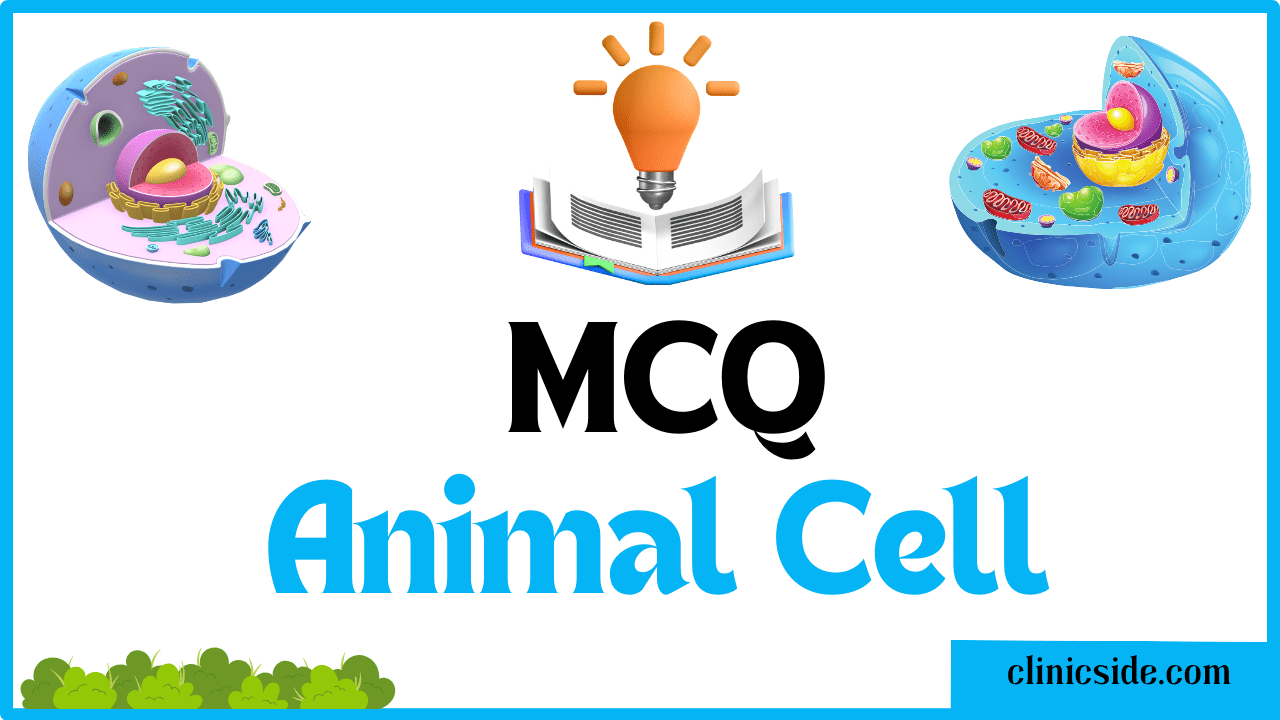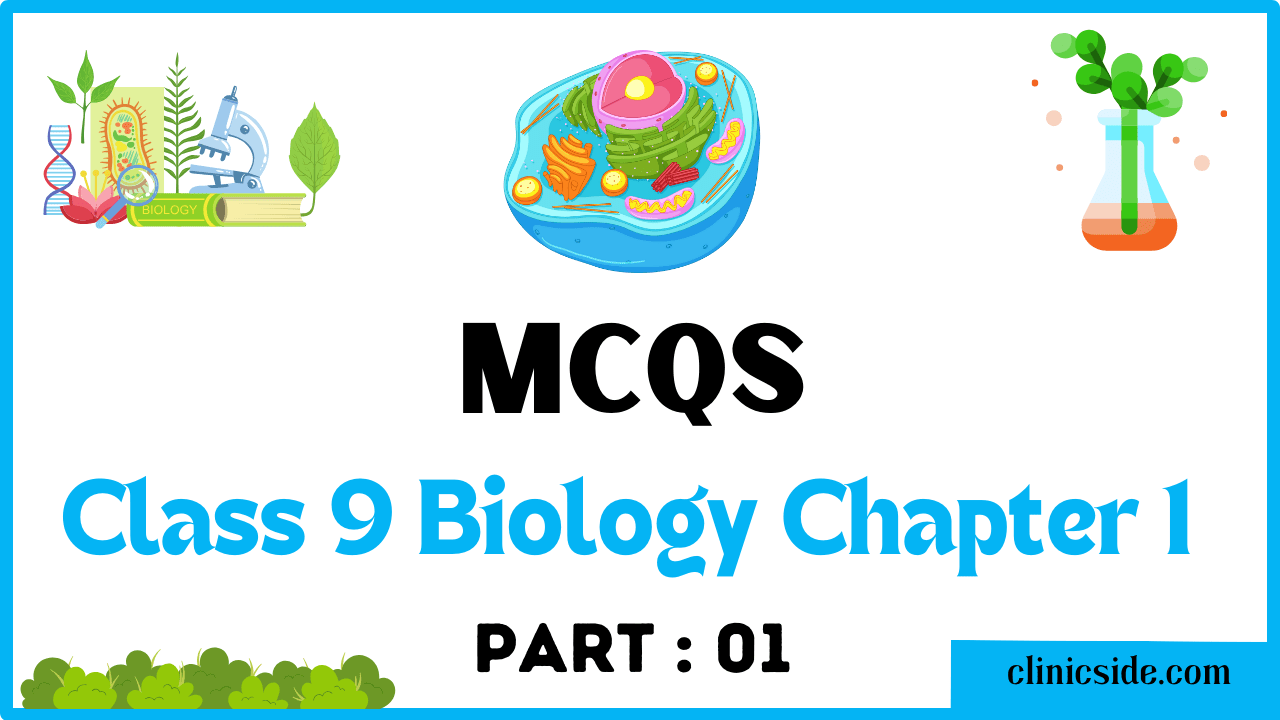Structure and
Function of Animal Cell
Mitochondrion
Mitochondria are spherical, rod-like, or elongated tiny organelles. When observed under an electron microscope (EM), a mitochondrion appears as a double membrane structure. The outer membrane is smooth, while the inner membrane is folded to form cristae, which provide a much greater surface area. The solution inside the mitochondria is called the matrix. Mitochondria are often referred to as the powerhouse of the cell because they produce energy in the form of ATP (Adenosine triphosphate). Additionally, DNA, ribosomes, and enzymes are present within mitochondria.
Centriole
Centrioles are a pair of organelles located near the outer surface of the nucleus. Typically, the two centrioles are positioned at right angles to each other within a structure called the centrosome. Each centriole consists of a triplet of microtubules arranged to form a hollow cylinder. Prior to cell division, the centrioles duplicate, and each pair migrates to opposite sides of the nucleus. This migration is followed by the formation of spindle fibers between the two opposite pairs of centrioles.
Cytoskeleton
Eukaryotic cells contain a supportive network of fine fibers collectively known as the cytoskeleton. The cytoskeleton is responsible for maintaining cell shape and facilitating movement. There are three main types of fibers that make up the cytoskeleton:
- Microfilaments, the thinnest
- Microtubules, the thickest filaments
- Intermediate filaments, which have intermediate thickness
Cilia and Flagella
Some eukaryotic cells possess extensions resembling hair, known as cilia. Others have whip-like extensions called flagella. Cilia and flagella consist of nine pairs of microtubules surrounding a single central pair. They are connected to the basal body, which serves to produce and anchor a cilium or flagellum to the cell.





